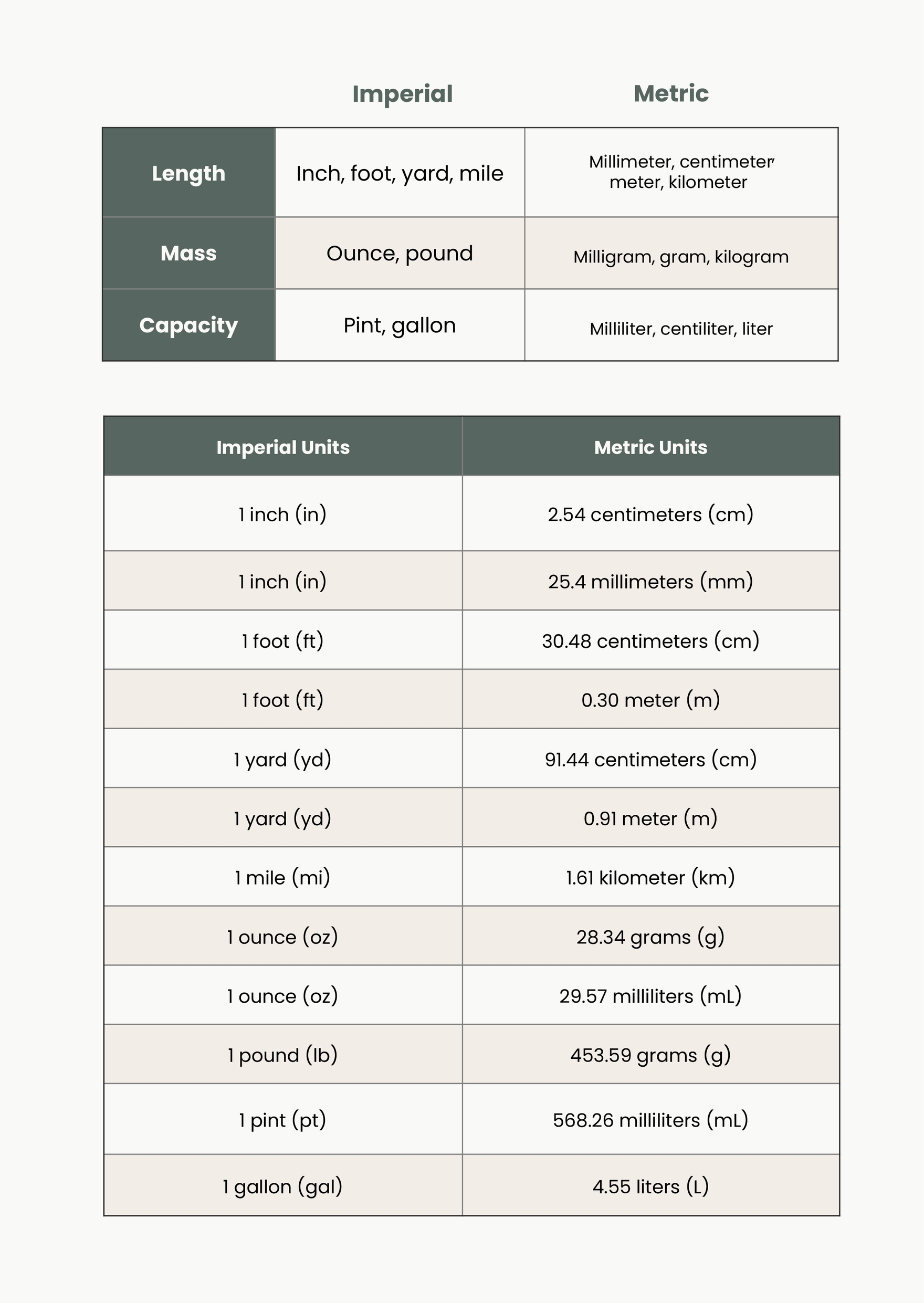

Geologic time - converting time, rates of deposition, etc.Glaciers - converting rates of flow (or retreat), etc.Rivers and Streams - converting rates of flow, slope, etc.Plate tectonics - converting rates of plate motion, etc.Where are unit conversions used in the geosciences? If you are rusty about what the prefixes mean for the metric system, you can review the order of magnitude for a "femtogram" or "gigabyte" or any other SI unit using the metric prefixes (Acrobat (PDF) 7kB Aug31 11) document available earlier on the page. So that you only have to divide 25 by 10. The nice thing about dividing numbers in the metric system is that when you get to the end, you can actually cancel out the zeros in the fraction (remember, you have to cancel the same number on the top and bottom - there may be a few left over in either the numerator or the denominator). Just a quick note about the metric system: Although the US is one of the last hold outs on the imperial or English system of measurement (inches, miles, ☏, etc.), the metric system is often much more intuitive because it is a system of base 10 numbers. DO NOT SKIP ANY STEPS! Although it may seem tedious, working through unit conversions requires that each of these steps be followed so that you can be sure that you end up with what you want, especially when you are just starting out with learning to do unit conversions.Ĭomparison of 25 degrees C with 25 degrees F. Although there is no single "right" way to do unit conversions, these steps provide one way to learn to do unit conversions. You can do any unit conversion if you follow a few simple steps. Luckily, there are some simple steps that, if followed, can help you complete unit conversions with relative ease. This may seem difficult at first, but it is crucial for anyone studying geosciences to be able to move easily from one unit to another (with a little calculation, of course). In addition, a geoscientist who lives in the United States needs to be able to think in terms of English and metric units - the public thinks in terms of English units (miles, gallon, etc.) and the scientific community uses SI units (kilometers, liters, etc.). So, we have to be able to think about thousands of km and a few mm when talking about the same feature. Geologic map of the San Andreas fault system from the USGS But we talk about movement on the fault in terms of mm per year.


 0 kommentar(er)
0 kommentar(er)
